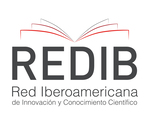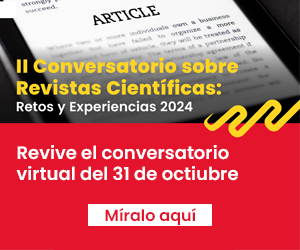Características de las mordeduras de canes en pacientes atendidos en un Instituto de Salud Especializado III-2 de Lima, periodo 2017-2020
DOI:
https://doi.org/10.20453/stv.v10i2.4396Abstract
The aim of the study was to describe dog bite accidents in patients treated at “Hospital Nacional Guillermo Almenara Irigoyen” in Lima during the period between 2017 and 2020. For this, information on dog bite accidents was collected from the epidemiological files of MINSA (format of 2015 and 2017) using an Excel database. The variables included were age group, sex, education level and birthplace (district) of the victim, owner of the aggressor animal; number, type, location, treatment and place of the injury, as well as the district of the accident. The information was analyzed using Stata 15.0 and summarized using descriptive statistics. From 187 epidemiological files, the highest number of reports of dog bite accidents were in male (66.8%), the age group was from 5 to 9 years (74%), occurred in Eastern Lima (46%) and reported during 2019 (79%). Attacks caused by dogs known by the victims predominated and caused severe injuries (97.9%), multiple wounds (47.1%), deep wounds (58.3%) and not infected (60.4%). Likewise, most of the cases were reported the same day of the accident (44.9%) and only required ambulatory care (60.4%). It’s expected that these results may be useful for the surveillance, control, and prevention of dog bite accidents, and for raising awareness about this problem.
Downloads
Downloads
Published
How to Cite
Issue
Section
License
All articles published in Salud y Tecnología Veterinaria are under a Creative Commons Reconocimiento 4.0 International license.
The authors retain the copyright and grant the journal the right of first publication, with the work registered with the Creative Commons License, which allows third parties to use what is published whenever they mention the authorship of the work, and to the first publication in this magazine.
Authors can make other independent and additional contractual agreements for the non-exclusive distribution of the version published in this journal, provided they clearly indicate that the work was published in this journal.
The authors can file in the repository of their institution:
The research work or thesis of degree from which the published article derives.
The pre-print version: the version prior to peer review.
The Post-print version: final version after peer review.
The definitive version or final version created by the publisher for publication.












